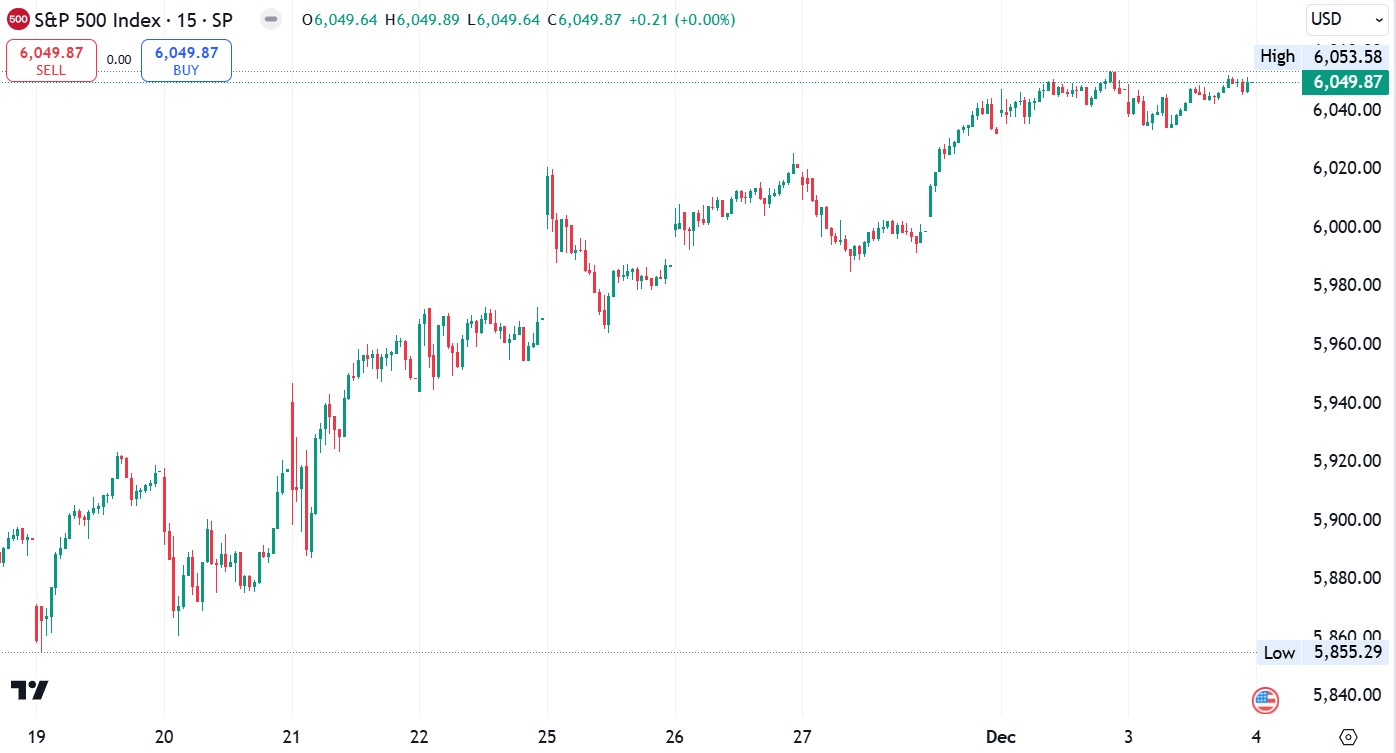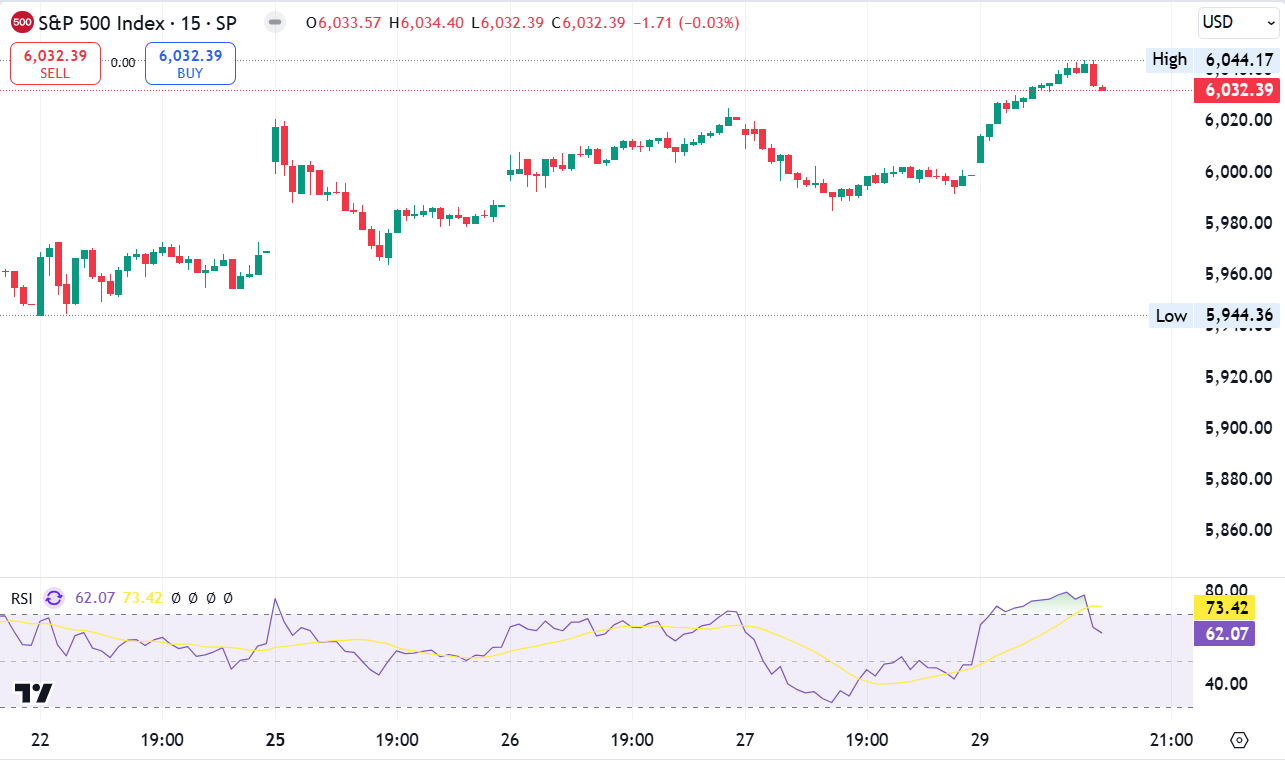
2024 Financial Trends: Tips for Savvy Investors
2024 Financial Trends: Tips for Savvy Investors
Over the next few months, financial services industry (FSI) leaders are likely to face many challenges and new 2024 financial trends. These are high interest rates, increased regulatory pressure, and a new technological landscape.
This article provides a clear overview of the major trends set to influence the financial sector in the coming year and beyond. By leveraging these advancements effectively, the banking sectors can expect more efficient and cost-effective solutions. However, these changes also bring challenges that need careful and ethical handling.
2024 financial trends and Market outlook for 2024
Generative AI In Fintech
The financial sector is changing. Generative artificial intelligence, ChatGPT being one of the most notable achievements, is profoundly revolutionizing the finance and fintech professions.
They will make it possible to identify investment opportunities or potential risks much more quickly. Generative AI will also allow advanced personalization of financial services. By studying each client’s profile and needs, they can provide personalized advice on investments, loans, insurance, and more.
Sustainable Finance
The inclusion of ESG (Environmental, Social and Governance) criteria in corporate strategies is a trend that is gaining ground. Ethical investment, green technologies, renewable energy are now considerations that influence investment decisions and operational practices.
Fintechs that integrate these criteria into their business model are not only improving their image. They build long-term resilience. Investing in the future to address customer and partner concerns about sustainable development.
Customer service
For customer experience in 2024 will be crucial the usage of new technologies. They will provides the analysis of every touchpoint in the client’s journey. It’s important in order to reduce friction and improve the client’s overall experience.
Besides, new technologies are starting to enable more engaging options for clients to engage and interact.
To enhance subscription quality and save time, one can utilize a digital twin. This twin helps in modeling an insured asset during high-risk situations. This also allows for offering better prices. Therefore, more financial services will prioritize this in 2024.
AI-Powered Insurance
While artificial intelligence is growing a little more every day, insurance is also investing in AI.
“Some insurers, who have been carrying out efficiency plans for years, find themselves facing a glass ceiling. Thanks to AI, they will be able to make a significant leap.
We see this particularly in the generation of computer code or in the automatic generation of reports. In large risks, you can enhance subscription quality and save time by using a digital twin to model an insured asset. This also allows for offering better prices.
AI accelerates the process of comprehending customers and categorizing them into segments for tailored offers and experiences. Additionally, it enhances on-demand insurance.
Open Banking
It is not a question of announcing the end of historical models which. Despite everything, they prove their resilience year after year. But by emphasizing that Open Banking is a good spur to current revolutions, a long-term journey in which there is no stepping back.
Open Ba today brings together a community of innovators and developers with more than 10,000 members. This project provides banking IT and Fintechs with open standards and platforms, thus promoting Open Banking.
Fintechs are benefiting from this movement. Account aggregators can access customer information and savings accounts because customers authorize them, not because of the regulator.
In the jargon we then speak of “Data Scraping” carried out by Fintechs to the detriment of historical players. Stopping “Data Scraping” is hard because it relies on consumers allowing access to their banking data through login and password.
The bank is unsure if it’s the customer or someone else (like Fintech or an aggregator) accessing their account.
Cyber-Security And Fraud Detection
Cybersecurity will continue to be a key trend in the financial sector. AI-powered security solutions can analyze large amounts of data. And they can detect fraudulent activity and anomalies in real time. By providing more robust identity verification, they improve overall platform security of open banking.
Fintechs should expect an increase in cyber threats, making sophisticated and responsive security measures essential. Adapting quickly to regulatory changes is a guarantee of credibility with consumers and investors.
2024 Financial Trends – The financial markets outlook
Heading into 2024, we expect both inflation and economic demand to decrease. Growth and risk market tailwinds are diminishing, making us cautious about the performance of risky assets and the broader economic outlook. This caution stems from increasing monetary challenges, geopolitical risks, and high asset valuations.
A sustainable economic acceleration or risk rally seems unlikely without a significant reduction in interest rates and a reversal of quantitative tightening. This creates a catch-22 situation where risk assets can’t rally under current monetary restrictions, and decisive easing might not occur unless there’s a market correction or inflation decline, potentially leading to market declines and volatility in 2024.
Although avoiding recession is now a common belief, yield curve inversion signals suggest a high recession risk during most of 2024.
Regarding the equity market, the S&P 500 fell nearly 20% in 2022 due to rapid interest rate hikes by the Fed, but it recovered somewhat in 2023. Despite positive stock performance to date, earnings growth hasn’t been as strong as expected. The concentration of equity in the S&P 500, driven by a few tech mega-cap stocks, is at levels last seen in the 1970s. This situation, along with an end to record pricing power as high inflation softens, points to major challenges for corporate margins in 2024.
The post 2024 Financial Trends: Tips for Savvy Investors appeared first on FinanceBrokerage.



